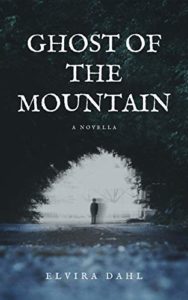 Title: Ghost of the Mountain
Title: Ghost of the Mountain
Author: Elvira Dahl
Publisher: Self-Published
Publication Date: November 5, 2019
Genres: Horror, Fantasy, Paranormal, Contemporary
Length: 65 pages
Source: I received a free copy from the author.
Rating: 4 Stars
Blurb:
“Some parts of the earth are not meant to be disturbed.”
Oscar Brandt’s career as operating technician at one of Sweden’s biggest IT companies is going exactly as planned. Thanks to a new big-shot client, the company’s rock shelter facilities are to be expanded with a new server hall. And Oscar is up for the promotion of his career. But while blasting away inside the mountain, a tragic accident occurs that open the gates to the underworld. Suddenly, a ghost from Oscar’s past starts haunting him, and he soon finds himself in a familiar, dark place he might not escape from again.
Ghost of the Mountain is a tale of caves, underground server halls and abandoned mines. Of the mythic creatures that guard the deep. And of two kids with Gameboys, bonding in the darkest of places.
Review:
Content Warning: Blood and devil worship. I will not be discussing them in my review.
Quiet places aren’t always peaceful ones.
To be perfectly honest, I was somewhat confused by the flashbacks at first. They didn’t seem to have anything to do with Oscar’s current life, so I was curious to see what the connection there might be. Be patient if you have the same reaction to these scenes because they do pay off in the end. I can’t go into much further detail about them other than to say that the author knew what she was doing here. As soon as I figured out what was going on, I grinned. The payoff was so worth it in the end!
I would have liked to see more attention paid to the folklore in this novella. The characters shared tantalizing hints about what they might be dealing with here, but there wasn’t quite enough of it for me to go for a full five-star rating due to how many unanswered questions I had about the legend they mentioned and how it was related to what happened to Oscar. This was my only criticism of something that was otherwise well-written and fascinating.
The ending was quite satisfactory. I was originally expecting a completely different conclusion to it all, so I once again had the opportunity to rethink my assumptions and pick out the clues that the author had left in earlier scenes about where she was going with this piece. Yes, I know I’m being more vague than usual in this review, but this really is the sort of tale that works best if new readers know as little about certain plot twists as possible in advance. Just know that there are answers coming and they’re well worth the wait!
Ghost of the Mountain made me shudder. It’s a great pick for anyone who loves spooky stories, especially as Halloween season approaches.

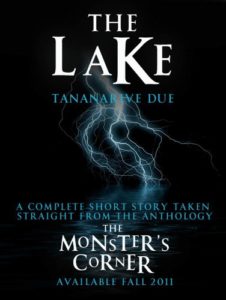 Title: The Lake
Title: The Lake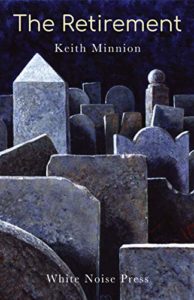 Title: The Retirement
Title: The Retirement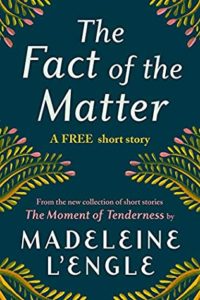
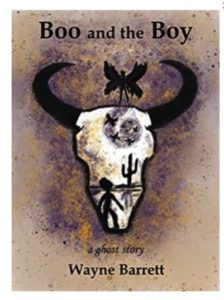 Title: Boo and the Boy – A Ghost Story
Title: Boo and the Boy – A Ghost Story
 The telling or reading of ghost stories during the Christmas season was once a tradition in Victorian England. This series of books seeks to revive this tradition. Beginning this year, I hope to review all of them during the month of December for as many years as it takes to finish this project.
The telling or reading of ghost stories during the Christmas season was once a tradition in Victorian England. This series of books seeks to revive this tradition. Beginning this year, I hope to review all of them during the month of December for as many years as it takes to finish this project. 
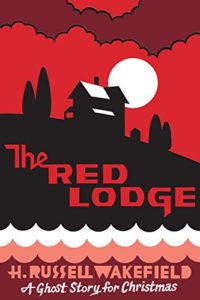
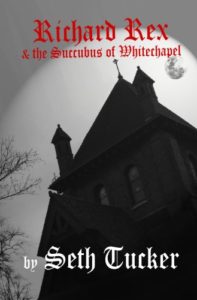 Title: Richard Rex & the Succubus of Whitechapel
Title: Richard Rex & the Succubus of Whitechapel